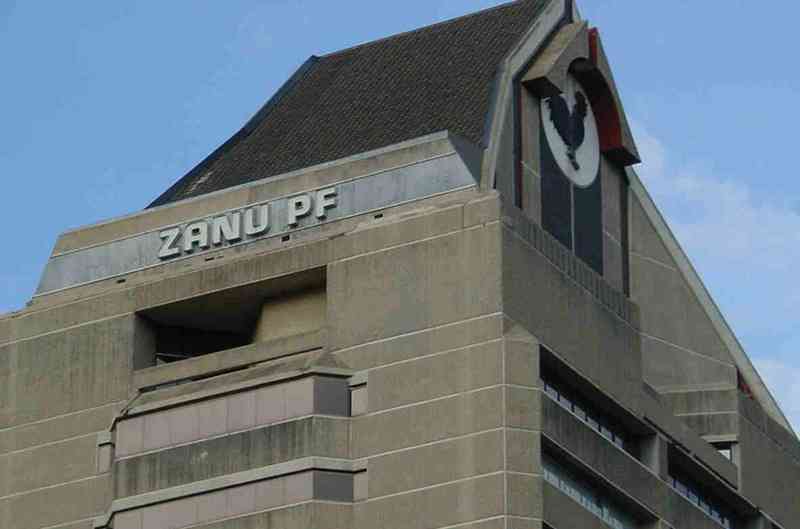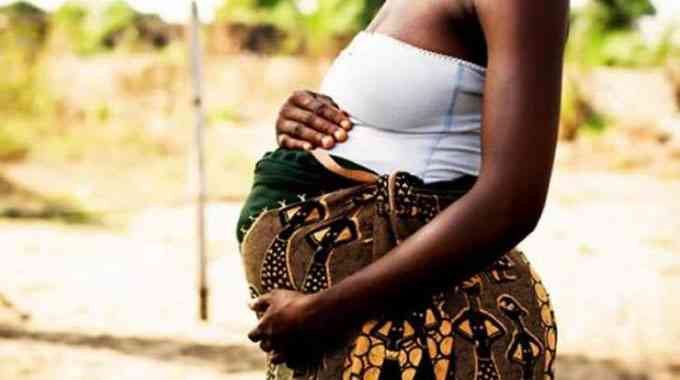
ZIMBABWE has revised its Gross Domestic Product (GDP) to US$44,4 billion from an initial estimate of US$35,2 billion following an economic census conducted by the national statistics agency, the government said yesterday.
The Zimbabwe Statistics Agency carried out an economic census for the year 2023 during the period 2024 and the first quarter of 2025.
This was revealed by Information, Publicity and Broadcasting Services minister Jenfan Muswere during post-Cabinet media briefing in Harare yesterday.
“The improvement reflects the inclusion of a larger number of business entities that have emerged since 2019, which is the previous base year.
“The new GDP figures have resulted in an improved Gross Net Income which increased from US$2 259 to US$2 859 in 2023, and from the projected US$2 228 to US$2 893 in 2024. Per capita income is projected to surpass US$3 000 in 2025. Zimbabwe is, therefore, evidently making progress towards upper-middle-income status,” he said.
Muswere said the government remained confident about reaching a projected grain surplus of between 812 000 and 1,2 million tonnes for the current marketing season.
“Grain marketing continues to be conducted through multiple channels, including the Grain Marketing Board, the Zimbabwe Mercantile Exchange (ZMX) and direct sales to various agro-processors.
“The Warehouse Receipt System remains active, having recorded an intake of 4 700 metric tonnes of cereals, oilseeds and pulses to date,” he said.
- ‘Zim’s retailers deserve a wage subsidy’
- ‘Zim’s retailers deserve a wage subsidy’
- Govt bemoans lack of skilled ICT staff
- Potraz moves to curb ‘harmful’ content
Keep Reading
He said GMB opened 1 804 mobile grain collection centres across all wards in a bid to facilitate grain deliveries, adding that local Strategic Grain Reserves were being created using grain delivered through these mobile centres.
“Additionally, the mobile centres enable farmers who have delivered maize through the Zimbabwe Mercantile Exchange platform to purchase inputs using ZMX warehouse receipts,” Muswere said.
Meanwhile, at least 10 districts in Zimbabwe are anticipated to face grain deficits as the lean season begins in three month’s time.
In a report by the Famine Early Warning Systems Network (FewsNet) titled Global food security update: June to September 2025, the 10 districts expected to face grain deficits include Kariba, Rushinga, Mudzi, Buhera, Mutare, Kwekwe, Mberengwa, Zvishavane, Chivi and Mangwe.
High food prices driven by inflation were predicted to decrease households’ ability to access market food due to poor and/or lack of income-earning opportunities in the country.
“Many poor households are expected to cope with reduced production by engaging in daily wage labour; however, there is concern that the availability of income-generating activities and/or coping capacity is lower in areas that have experienced repeated weather shocks (like southern Malawi) or protracted conflict (like Cabo Delgado). High food prices driven by inflation, notably in Malawi and Zimbabwe, are likely to decrease households’ ability to access market food as income-earning opportunities and wages remain relatively stagnant”.
Despite a national cereal surplus ranging from 811 732MT to 1 225 732MT, some districts may require food aid, reflecting ongoing regional inequities (CLAFA-2, 2025).
“The national level, localised deficits persist. Gweru, Hwange and Beitbridge are anticipated to face cereal shortages within the next 3 months and an additional 10 districts (Kariba, Rushinga, Mudzi, Buhera, Mutare, Kwekwe, Mberengwa, Zvishavane, Chivi and Mangwe) starting October 2025”, the report read.
“This disparity underscores the need for targeted interventions to address geographical imbalances in food distribution, ensuring vulnerable populations are not left behind despite overall production gains.”
In the Second Round Crops, Livestock and Fisheries Assessment, Zimbabwe’s agricultural sector has recovered significantly, with total cereal production reaching 2 928 206MT, owing to improved weather conditions and increased cultivation of maize (up 6,4%) and drought-resistant traditional grains (pearl millet up 29%).
The Global food security update by FewsNet also highlighted seasonal declines in staple food prices in Zimbabwe and other countries in the bloc, with rural communities expected to consume own produced food until September.
“Overall, the harvest across the region is driving seasonal declines in staple food prices in many areas, despite continued poor economic conditions in some countries, improving food access alongside the availability of own-produced foods. In most rural areas, poor households are currently consuming food from their own production and are expected to continue to do so through at least September.
“By September, food assistance needs are expected to gradually increase as the lean season begins across much of the region in late 2025, with the highest need in DRC.”










